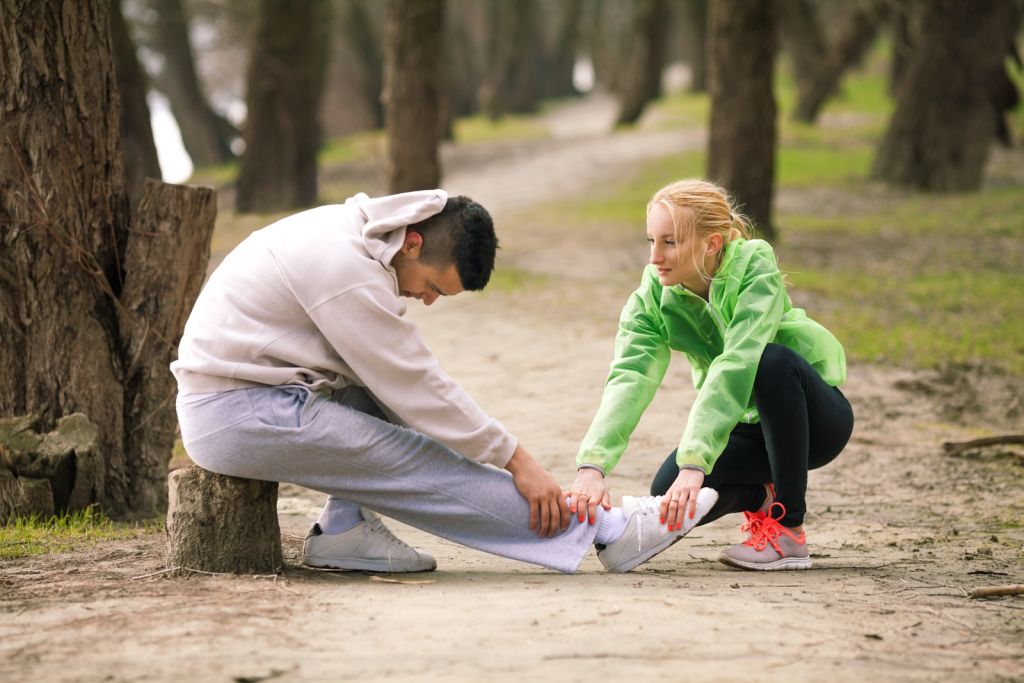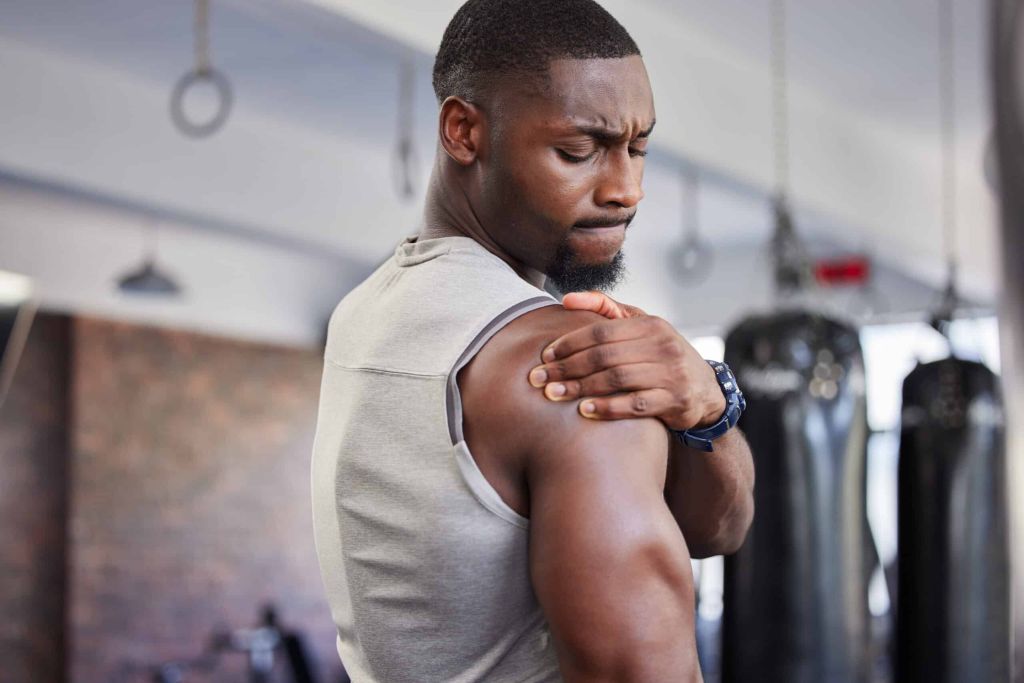Recovering from an injury can feel like an uphill battle, especially when it affects your ability to move freely. Whether healing from a sports injury, surgery, or an accidental mishap, regaining strength and flexibility is vital for full recovery. While traditional physical therapy remains essential, combining it with innovative methods can elevate your recovery and boost your mobility. Here’s a look at some breakthrough approaches to healing injuries while improving flexibility.
Traditional Meets Modern Recovery
The first step in recovering from any injury is often seeking professional care, such as physical therapy. This tried-and-true method focuses on helping you regain strength, retrain your muscles, and improve joint function. Physical therapy emphasizes exercises tailored to your specific needs, which can help prevent further damage and get you closer to your goals.
However, recovery doesn’t need to stop there. Modern advancements have paved the way for alternative approaches that complement traditional methods. Techniques like mobility training, yoga, cryotherapy, red light therapy, and other recovery tools can take your healing to the next level. When used together, these practices target pain relief and long-term improved flexibility.
If you want to speed up your recovery, then you should tb 500 buy. This peptide will repair your muscles and help you build endurance.
The Role of Mobility Training
When you think about recovering from an injury, you might imagine resting for long periods, but staying still for too long comes at a cost. That’s where mobility training comes in. This method improves joint range of motion and active flexibility through controlled movements. You reduce stiffness, promote blood flow, and improve overall function by gently and consistently moving your joints and muscles to their full range.
For instance, Controlled Articular Rotations (CARs) are popular in mobility training. These slow, deliberate movements help strengthen the areas around an injured joint while promoting healthy movement patterns. Regular mobility exercises encourage your body to heal while preventing compensation that could lead to further discomfort.
Try this simple mobility drill at home:
Ankle Circles: Sit on the floor with one leg extended and slowly rotate your ankle in a circular motion. Complete 10 rotations in one direction and switch to the other. This can help improve the ankle range of motion, a common area affected by injuries.

Flexibility Boost Through Yoga
Yoga is not only about mindfulness; it’s also a powerful tool for regaining flexibility and balance. Many injury rehabilitation programs incorporate yoga into therapy sessions because it focuses on controlled movements, deep stretching, and alignment—all of which support healing.
One yoga pose that’s especially helpful for flexibility and recovery is the Cat-Cow Pose. This movement stretches the spine, engages your core, and relieves tension in the back and shoulders. It’s gentle enough for most injury recovery plans but still effective at improving flexibility over time.
To start, all you need is consistency and the right guidance. Consider attending yoga classes tailored to injury rehabilitation or using online resources that offer beginner-friendly routines. For many, yoga doesn’t just improve the body; it also provides a much-needed sense of calm to the mind during tough recovery periods.
Advanced Recovery Tools
Modern technology has introduced innovative tools that boost the body’s natural healing processes. Some of these methods are gaining traction among athletes and fitness enthusiasts who need effective solutions for recovery from injury.
Cryotherapy
Cryotherapy, or cold therapy, is a unique approach that involves exposing the body to extremely cold temperatures for short periods. This is known to reduce inflammation, accelerate healing, and relieve pain. It can be a game-changer for injured individuals when used alongside physical therapy.
While professional cryotherapy chambers are available, many at-home options exist—such as cold packs or ice baths. Incorporating cold therapy a few times a week can make a noticeable difference in recovery time.
Red Light Therapy
Red light therapy is another exciting advancement. It uses low-level laser light to penetrate your skin and stimulate cell repair. Studies suggest it can decrease inflammation, increase circulation, and promote tissue regeneration. This makes it a fantastic tool for anyone recovering from muscle strains, joint pain, or surgical scars. Portable devices now make it possible to gain these benefits in the comfort of your own home.
Putting It All Together
Combining these methods effectively is the key to breaking through slower recovery and regaining flexibility. Here’s how you can create a personalized injury recovery routine:
Stick to Your Physical Therapy Plan: Always follow the guidance of your healthcare provider or physical therapist. They’ll ensure you do exercises that strengthen your injury without risking further damage.
Add Mobility Drills: Include simple movements like CARs or ankle circles into your daily routine to keep your joints active and restore your range of motion.
Explore Yoga: Dedicate 10–15 minutes a day to yoga stretches that align with your body’s needs. Poses like Downward Dog, Cat-Cow, or Reclining Pigeon can ease tension and boost your flexibility over time.
Use Recovery Tools: Incorporate accessible tools like ice packs, red light therapy devices, or foam rollers. These can amplify healing and address stiff or sore areas.
Stay Consistent: Recovery takes patience, but small efforts each day add up.




